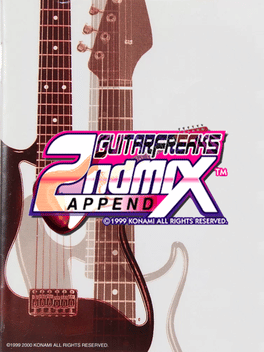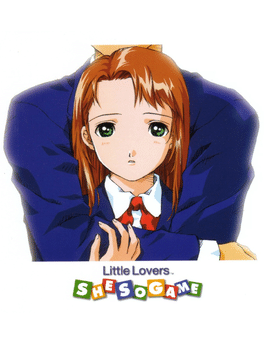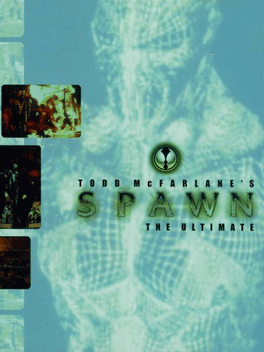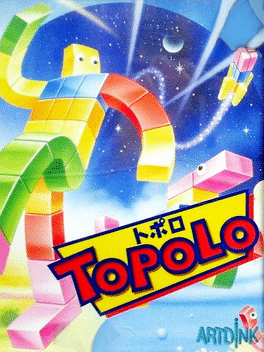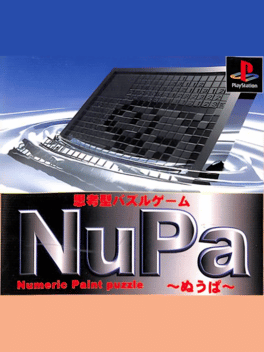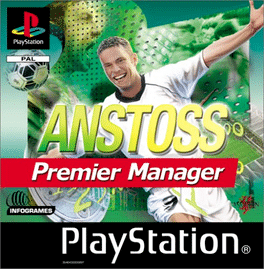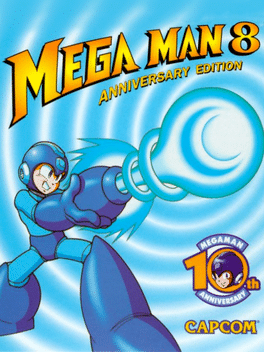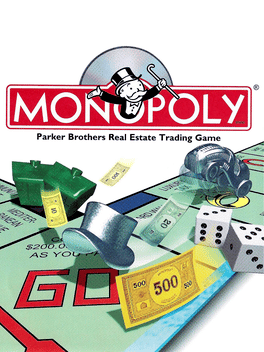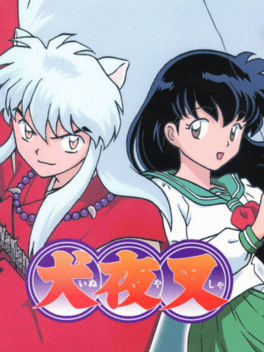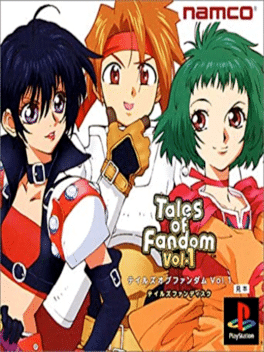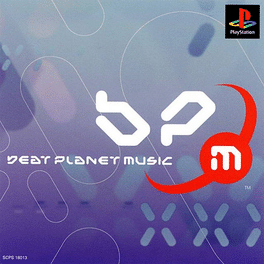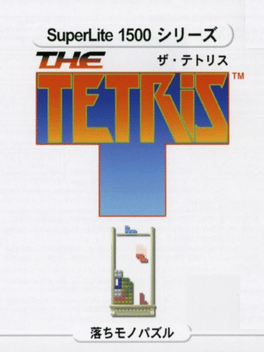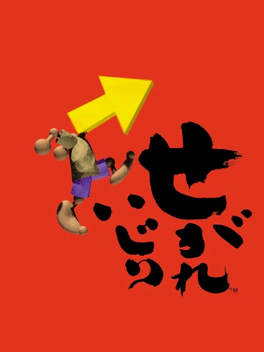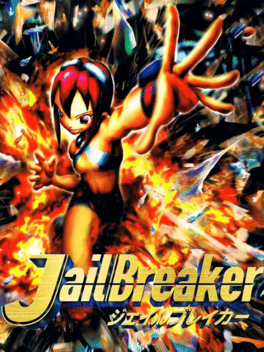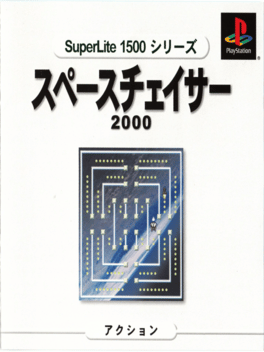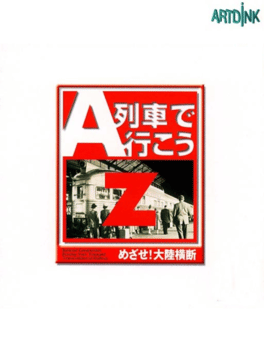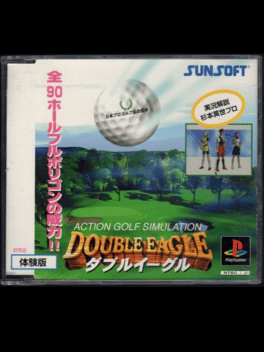Most Popular Playstation Games - Page 56
-
Little Lovers: She So Game
1999
Little Lovers: She So Game is a board game style spin-off to the Little Lovers franchise where a group of four players compete to win the affection of one of six high school girls over the course of three in-game years. -
Enen Angel
2001
Enen Angel
2001
Enen Angel is a Puzzle game, developed and published by Media Factory, which was released in Japan in 2001. -
Spawn: The Ultimate
1998
-
ToPoLo
1996
ToPoLo
1996
ToPoLo is a game that allows the player to create custom avatars out of blocks to use in arena battles against other fighters. -
NuPa
1996
NuPa
1996
Just like Picross, use the numbers as hints to complete the picture. Expresses a unique world-view through exquisite performances featuring movies of futuristic images and game narration by voice actors. -
Mega Man 8: Anniversary Edition
1997
A gigantic space explosion sends two strange meteors crashing to Earth, the call goest out and Mega Man speeds to the site. There he sees his arch-rival, Dr. Wily, fleeing the scene, clutching one of the mysterious metallic meteors. Now Mega Man must uncover the secret of the second meteor in a race to stay one step ahead of Dr. Wily and his new deadly breed of super-powered robots. With the whole cast assembled for Mega Man's 32-bit debut and an exclusive onscreen Mega Man 8 Japanese art collection, the 10th anniversary edition is the ultimate mega package, the Blue Bomber's back! -
Monopoly
1997
Monopoly
1997
Monopoly is a PlayStation video game based on the board game Monopoly, released on November 6, 1997 in Europe. Developed by Gremlin Interactive and published by Hasbro Interactive, this title was one of many inspired by the property. Despite using the same box art as the 1995 PC version of Monopoly, it is not the same game. -
Inuyasha
2001
Inuyasha
2001
The purpose is to defeat "Naraku" and collect the scattered "Soul of the Four Souls", but you can continue to collect "Four Soul Fragments" after clearing. There are also original movies only for games produced by Sunrise. A special "Inuyasha notebook" was added as a first-time benefit. Inuyasha becomes a human and weakens on the day of the new day (new moon) due to the age setting. After clearing the Maitreya, the air holes cannot be used. -
Tales of Fandom Vol. 1: Cress Version
2002
Tales of Fandom Vol. 1 is a compilation game for the Sony PlayStation. It includes gameplay that features characters and elements from Tales of Phantasia, Tales of Destiny, and Tales of Eternia. The game is set up as an adventure game with actual gameplay elements to explore and unlock extra bits. Some elements in the game include exploring, playing a puzzle game like the Craymel Lab, a scene maker where characters can play out a created scenario, and an extensive gallery. It was released on January 31, 2002 and only sold in Japan. -
Beat Planet Music
2000
-
SuperLite 1500 series: The Tetris
2000
The original version of the latest puzzle game classic! "Tetris" is proud to number more than 50 million sales worldwide, is a popular puzzle game. This work "The Tetris" So scores continue to compete off the block "1PLAYER" mode, you can play with man against man "2PLAYER" We offer a mode. "1PLAYER" mode is a type of game scores compete. Eliminate one level up every 10 columns, change the background image is available 140 sheets at a time. The faster the blocks fall in the level rises will slow once every five levels, maintains the integrity of the tension and sense of relief on continuing the game. The difficulty levels from 0 to 30 can be selected at intervals of 5 levels. When you reach a level higher than 35 games go, the more you can choose from one level in the next play. "2PLAYER" mode is a type of game play against each other to do two users. Depending on the column player disappeared, garbage is fed to the other blocks. Saseta side wins piled up above the opponent's block. -
Segare Ijiri
1999
Segare Ijiri
1999
In Segare Ijiri, the player takes control of a young boy with an arrow-size head that her mother (a giraffe) send him through a strange world to make him learn different things. -
JailBreaker
1999
JailBreaker
1999
Set in a grim totalitarian futuristic society,a rather physically well-endowed red-headed female thief named Shlla is captured by the guards and put in prison. The gameplay mostly consists of exploring the prison and its surroundings, picking up clues, talking to characters to gain information, etc. There are no real puzzles in the game; most of the time it is just necessary to initiate certain conversations to trigger events or pick up specific items for later usage. There are also some action-based segments in the game, including a few combat sequences, situations which require quick movement, and timed events. -
SuperLite 1500 Series: Space Chaser 2000
2000
Space Chaser 2000 is a remake of the classic Taito arcade machine that features the Original mode with the arcade graphics and a new Arrangement mode with enhanced graphics, new backgrounds and vibration function. -
A-Ressha de Ikou Z: Mezase! Tairiku Oudan
1999
Released in May 1999 in Japan for the PS1, this was a re-imagining of the first game's setting and objectives, using the 3D engine of A5. -
Double Eagle
1997
-
Waku-waku Volley
1998
